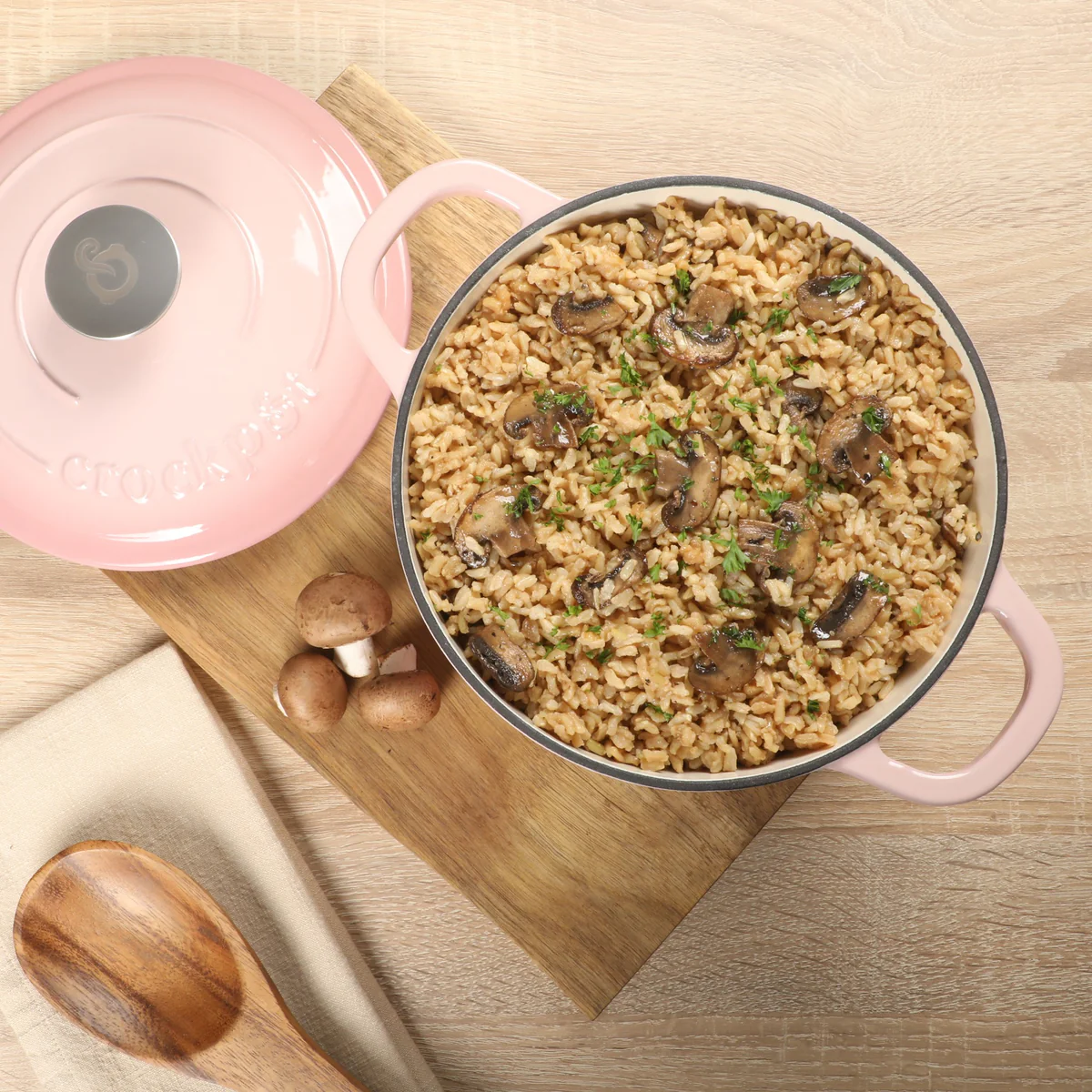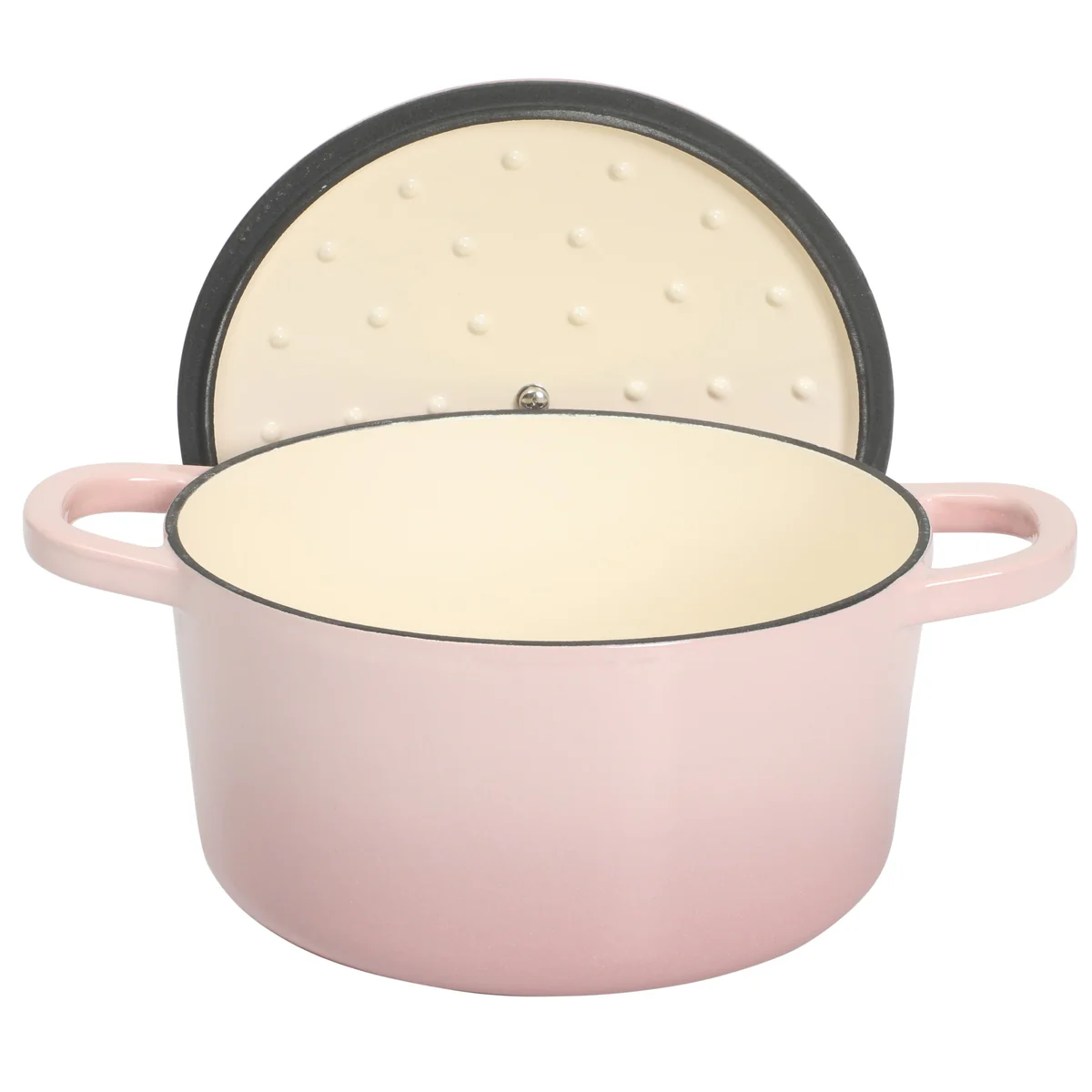Hey there, fellow food lovers! It’s your friend from Crock Potz, and today we’re diving deep into a question I get all the time: What Is A Digital Slow Cooker? Walking down the kitchen appliance aisle can feel a bit overwhelming, right? You see the classic, manual slow cookers with their simple knobs, and right next to them, their sleeker, more modern cousins with screens and buttons. If you’ve ever wondered what the big deal is, or if it’s time for an upgrade, you’ve come to the right place. Let’s pull back the curtain and demystify this brilliant kitchen workhorse.
So, What Exactly Is a Digital Slow Cooker?
At its heart, a digital slow cooker does the same magical thing as any slow cooker: it uses low, consistent heat over several hours to transform humble ingredients into melt-in-your-mouth meals. The key difference lies in the control. A digital slow cooker replaces the traditional manual knob (Off-Low-High-Warm) with a programmable electronic interface.
Think of it like this: a manual slow cooker is like a trusty old car with a simple radio dial. It gets you where you need to go, and it plays the tunes. A digital slow cooker is like a modern car with a touchscreen infotainment system. You can set a precise destination (cooking time), and it will automatically switch to a different mode (like “Keep Warm”) when you’ve arrived. This precision is the game-changer for anyone who loves the “set it and forget it” lifestyle but craves more control and peace of mind.
Digital vs. Manual Slow Cookers: The Showdown
I’ve used both types for years, and while I have a soft spot for the simplicity of my first-ever manual model, my digital slow cooker is my daily driver. Let’s break down the real-world differences.
| Feature | Manual Slow Cooker | Digital Slow Cooker |
|---|---|---|
| Controls | A physical knob with 3-4 settings (Low, High, Warm). | A digital touchpad with buttons for time and temperature. |
| Timer | None. You need to track the time yourself. | Built-in programmable timer (e.g., 30 mins to 20 hours). |
| Automation | None. It stays on the selected setting until you turn it off. | Automatically switches to a “Keep Warm” setting when the timer ends. |
| Precision | Basic. You only have “Low” and “High” to work with. | Precise. You set the exact cooking duration for perfect results. |
| Best For | Cooks who are usually home to monitor the food. Simple, no-fuss recipes. | Busy families, meal preppers, anyone who wants to come home to a perfectly cooked meal. |
The biggest win for the digital model is that automatic “Keep Warm” function. I can’t tell you how many times this has saved dinner when my partner gets stuck in late traffic or the kids’ soccer practice runs long. The pot roast is kept at a safe, warm temperature without overcooking into mush. That’s a luxury a manual model just can’t offer.
## How Does a Programmable Digital Slow Cooker Work?
It’s surprisingly simple! You just use the control panel to select your heat setting (usually “Low” or “High”) and then set the cooking time using plus/minus buttons. Once you hit start, the timer begins to count down. When it reaches zero, the magic happens: the slow cooker automatically shifts to the “Keep Warm” setting, holding your food at a perfect serving temperature.
This programmability removes the guesswork and the need for you to be physically present to turn it off. It’s the key to that true “set it and forget it” freedom that makes slow cooking so appealing for modern, busy lives.
Key Features to Look For in a Digital Slow Cooker
Ready to make the leap? Here’s what to keep an eye out for when you’re shopping.
- Programmable Timer: This is the non-negotiable star of the show. Look for a wide range of time settings.
- Automatic Keep Warm: Ensure it has this feature. Some older digital models don’t, so double-check!
- Size and Shape:
- 4-Quart: Perfect for couples or small families.
- 6-Quart: The most popular size, great for families of 4-5 or for meal prepping. This is the size I recommend most often. Check out our review of the [best 6-quart models here].
- 8-Quart and larger: Ideal for large families, parties, or batch cooking.
- Lid Gasket and Locking Mechanism: A tight-fitting lid is crucial for trapping moisture and heat. Some models come with locking lids, which are fantastic for traveling with your slow cooker to a potluck. Just remember not to lock the lid while cooking, as this can build up pressure.
- Easy-to-Clean Insert: Most inserts are stoneware and dishwasher-safe, which is a huge bonus for cleanup.
As our friend Sarah Carter, a food blogger specializing in convenient family meals, puts it: “The best digital slow cooker isn’t the one with the most bells and whistles. It’s the one that fits your family’s size and has a simple, intuitive interface you’ll actually use day in and day out.”
Getting the Most Out of Your Digital Slow Cooker: Pro Tips
Owning a digital slow cooker is one thing; mastering it is another. Here are some of my hard-earned tips from years of experimenting in the Crock Potz kitchen.
- Layer Like a Pro: For the most even cooking, always place hard, dense root vegetables like potatoes and carrots at the bottom and along the sides of the pot. Place your meat on top of them. This ensures the veggies get plenty of direct heat and cook through perfectly.
- Resist the Urge to Peek! Every time you lift the lid, heat and moisture escape, which can add 15-20 minutes to your cooking time. Trust the process! Let the timer do its job.
- Go Easy on the Liquid: Slow cookers are incredibly efficient at trapping moisture. A common beginner mistake is adding too much liquid, resulting in a watery sauce. As a rule of thumb, reduce the liquid called for in a conventional recipe by about one-third to one-half. You can always add more later if needed.
- Thicken Your Sauce at the End: If your sauce is thinner than you’d like, don’t panic. Simply remove the cooked food, turn the slow cooker to “High,” and whisk in a slurry of 2 tablespoons of cornstarch mixed with 2 tablespoons of cold water. Let it bubble for 10-15 minutes until thickened. This is my go-to trick for a rich, glossy gravy for our [Classic Crockpot Pot Roast].
- Add Dairy and Fresh Herbs Last: Cream, milk, cheese, and sour cream can curdle or separate if cooked for too long. Stir them in during the last 15-30 minutes of cooking. The same goes for delicate fresh herbs like parsley or cilantro, which will lose their bright flavor and color if added too early.
Frequently Asked Questions (FAQ)
Here are some of the most common questions that land in my inbox about making the switch to digital.
Can I leave a digital slow cooker on all day while I’m at work?
Absolutely! That’s precisely what they are designed for. The combination of a programmable timer and the automatic “Keep Warm” function makes it incredibly safe to let it run while you’re away. Just be sure to place it on a heat-proof surface away from anything flammable.
Are digital slow cookers better than manual ones?
“Better” is subjective, but for most people, the answer is yes. They offer significantly more convenience, precision, and peace of mind. If you have a busy or unpredictable schedule, the digital features are a lifesaver. However, if you’re on a tight budget and are usually home during cook times, a manual one still makes a fantastic meal.
Do digital slow cookers use a lot of electricity?
Not at all! This is one of the best-kept secrets of slow cooking. They use surprisingly little energy, often less than a conventional oven or even a standard light bulb. It’s an incredibly energy-efficient way to cook.
Can I put frozen meat directly into my slow cooker?
This is a hot-button issue, but most food safety experts, including the USDA, advise against it. Slow cookers heat up gradually, and putting frozen meat inside can keep it in the “danger zone” (40°F – 140°F) for too long, where bacteria can multiply. It’s always safest to thaw your meat completely in the refrigerator first.
What is the best size digital slow cooker to buy?
For most households, a 6-quart model is the perfect all-rounder. It’s big enough for a whole chicken or a family-sized batch of chili, but not so large that it’s cumbersome to store or clean. If you’re cooking for one or two, a 4-quart is an excellent choice.
The Final Verdict
So, what is a digital slow cooker? It’s your ticket to stress-free, delicious, and perfectly timed meals. It takes the classic, beloved concept of slow cooking and elevates it with the precision and convenience our modern lives demand. It allows you to come home after a long day not to the question of “What’s for dinner?” but to the delicious aroma of a meal that’s ready and waiting for you.
If you’re looking to unlock a new level of ease in your kitchen, I can’t recommend making the switch enough.
Have you made the upgrade from manual to digital? Or are you a die-hard fan of the classic knob? I’d love to hear your experiences in the comments below! Let’s get the conversation simmering.
